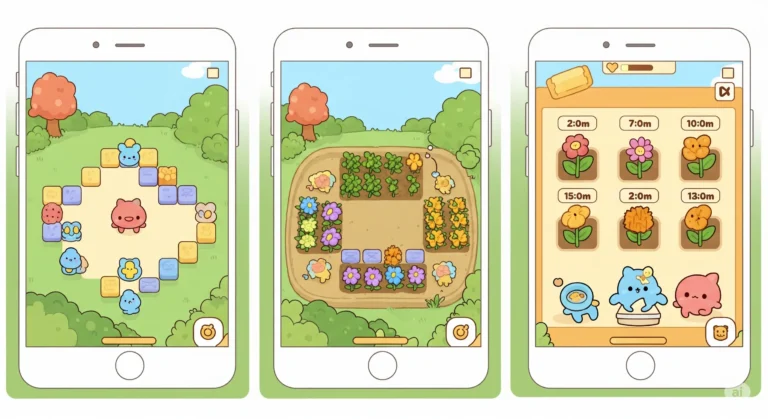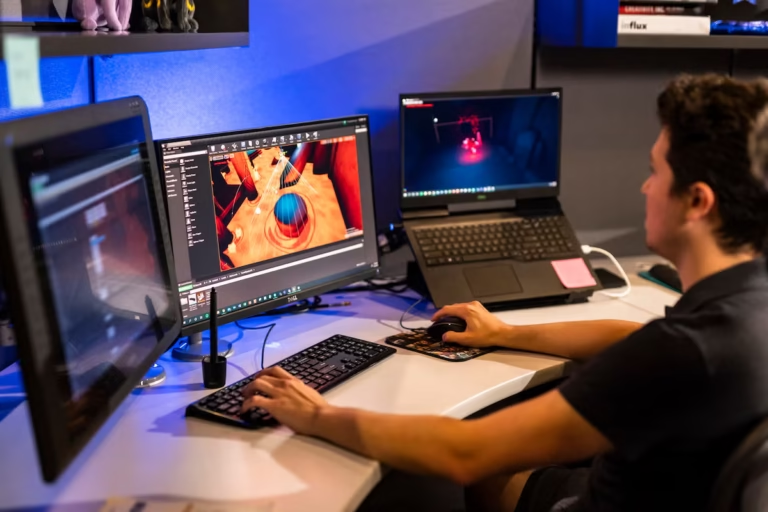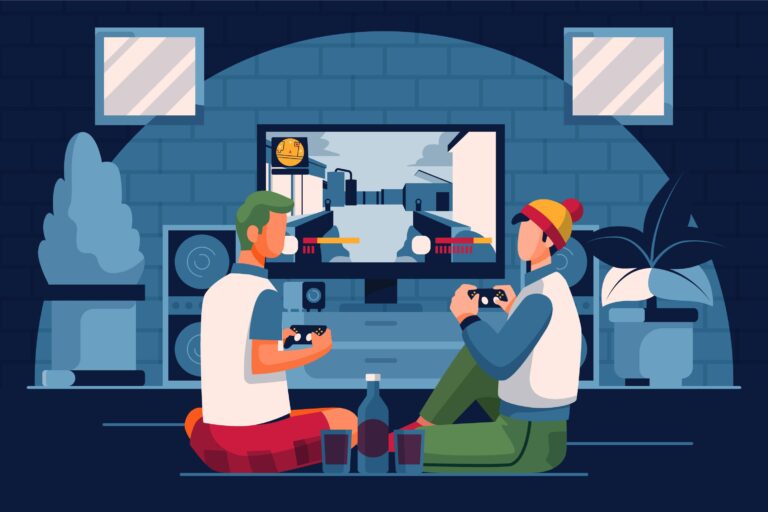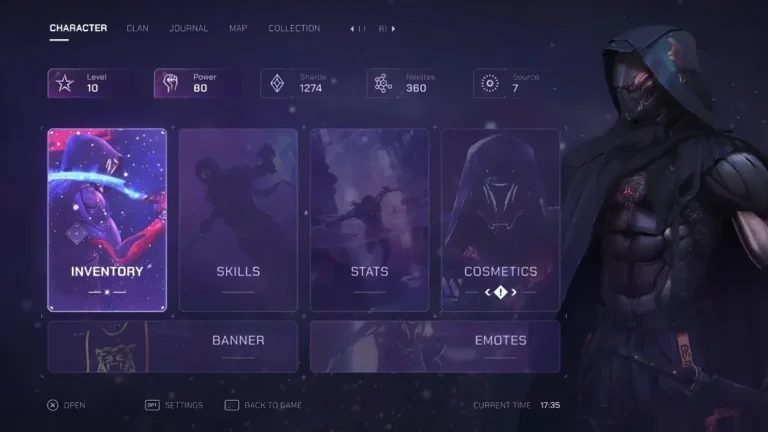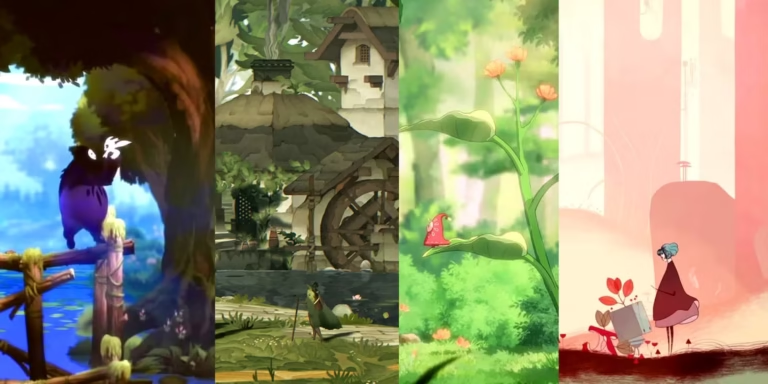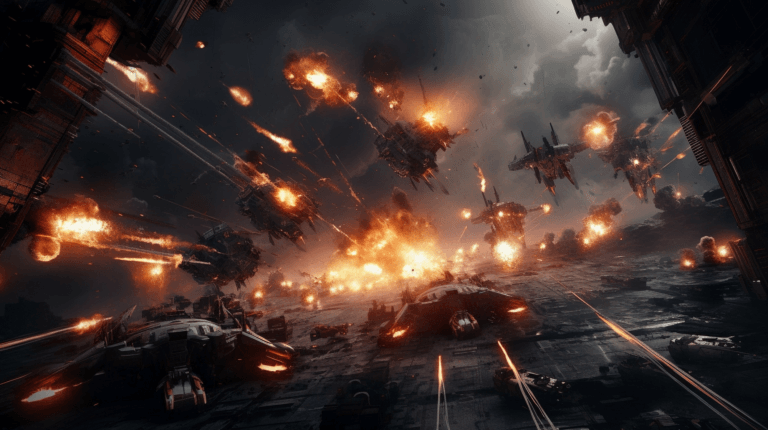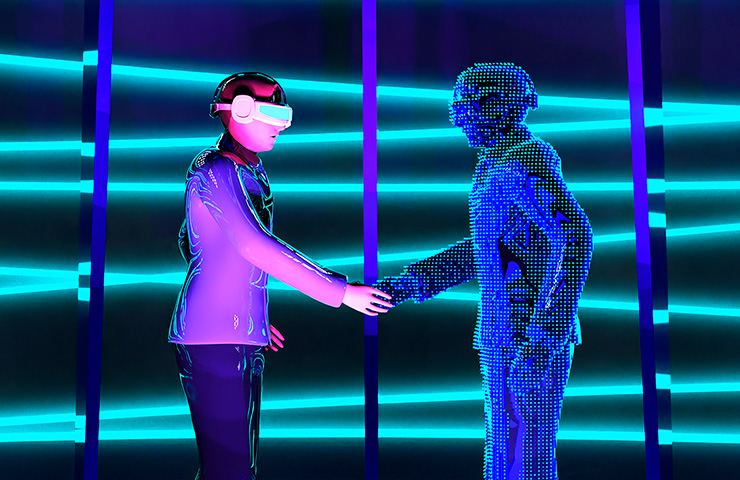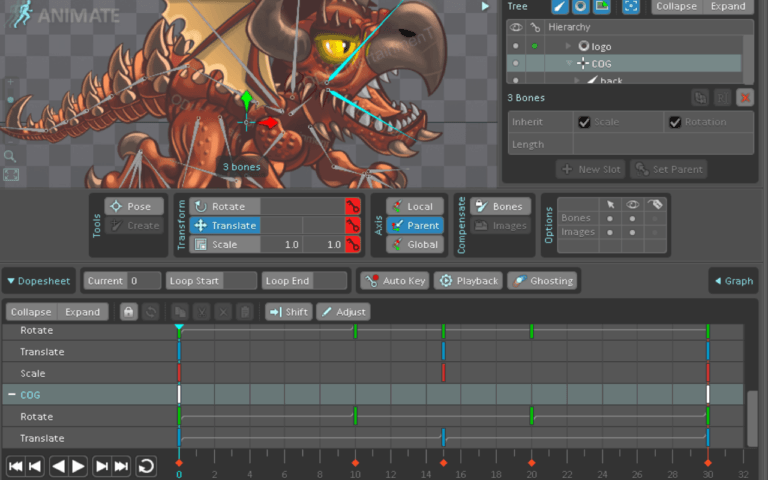The hand-painted art style refers to artwork that is created manually using traditional painting techniques and tools, such as brushes and paint, rather than digital methods. In the canvas of the gaming industry, where Realistic or cartoony styles often dominate, there exists a distinctive art form that harks back to traditional painting techniques, Hand-Painted Art. This unique style not only adds a touch of craftsmanship to the digital realm but also weaves a rich tapestry of history and innovation.
In this article, we will unwrap the origins, evolution, and contemporary applications of hand-painted art in games. And show you how gamers achieve artistic quality by blending digital and traditional methods.


Need Game Art Services?
Visit our Game Art Service page to see how we can help bring your ideas to life!
I. Definition of Hand Painted Art
I-I- Overview of the Technique
Hand-painted art in games is a meticulous approach where artists use digital tools to emulate the look and feel of traditional brushwork. This technique often involves creating textures and assets with deliberate strokes, capturing the essence of manual craftsmanship within a digital environment.
I-II- Traits that Define Hand-Painted Art in Games
Distinctive features such as vibrant colors, bold brushstrokes, and stylized textures are the hallmarks of hand-painted art in games. Unlike photorealistic rendering, this style emphasizes the artistic touch, offering a visually arresting and often nostalgic gaming experience.
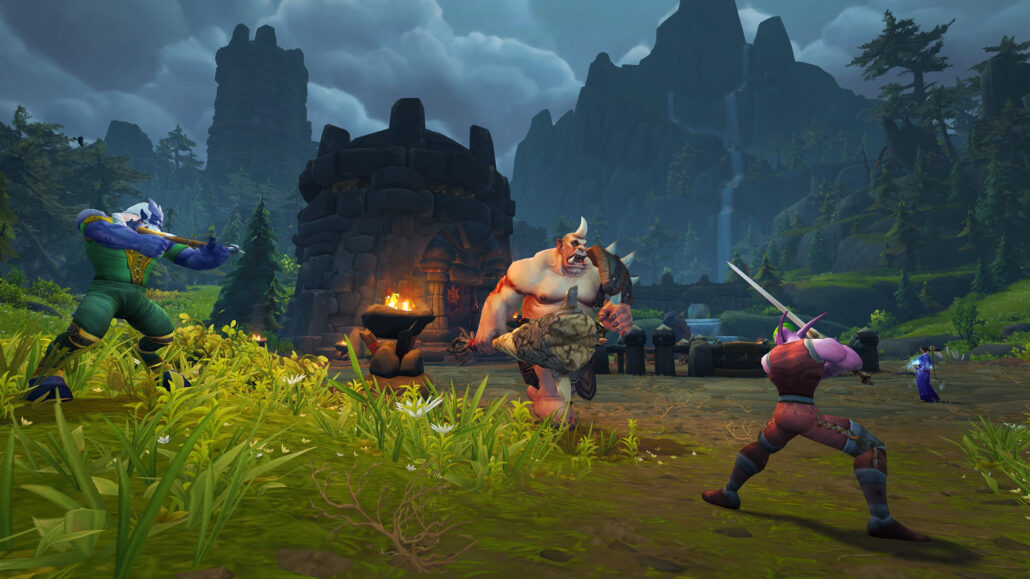
II. History and Origin of Hand-Painted Art
The roots of hand-painted art extend deep into traditional artistic expression. Art movements like impressionism, expressionism, and classical painting inspired early hand-painted game visuals with their brushwork, colors, and textures. As games moved beyond simple sprites, developers sought to bring a new level of artistry.
With the advent of digital art tools, the transition from canvas to screen was inevitable. Artists began exploring the marriage of traditional aesthetics with modern technology, giving birth to the captivating realm of hand-painted art in the digital domain.
III. Evolution of Hand-Painted Art in Games
As games evolved beyond rudimentary graphics, developers sought ways to infuse more personality into virtual worlds. The early adoption of hand-painted textures marked a significant departure from the prevailing norms, paving the way for a new era in gaming aesthetics.
Technological strides in graphics processing and design tools have further propelled the evolution of hand-painted art in games. The fusion of these advancements with artistic ingenuity has given rise to stunning visual landscapes that blur the lines between reality and imagination.
III-I- The First Games to Use Hand-Painted Art
Certain titles stand as pioneers in hand-painted art style, daring to embrace hand-painted art when it was still an unconventional choice. One such trailblazer was “The Longest Journey,” a 1999 adventure game developed by Funcom. This visionary title not only delivered an engaging narrative but also showcased the potential of hand-painted art to evoke emotion and atmosphere within a virtual world.
The decision to utilize hand-painted art in “The Longest Journey” was a deliberate one made by a team of artists who sought to depart from the prevailing trend of realistic graphics. This departure marked a turning point, opening the floodgates for other developers to experiment with this distinctive art style.

IV- Techniques and Characteristics of Hand-Painted Art
IV-I- Brushwork and Texture
Deliberate Strokes and Individuality: The hallmark of hand-painted art in games lies in the deliberate strokes of the digital brush. Unlike automated processes, artists meticulously craft each detail by hand, infusing a sense of individuality into every element of the game. This manual approach allows for a level of expressiveness and personality that is often challenging to achieve with procedural or automated methods.
Creating Texture and Depth: One of the strengths of hand-painted art is its ability to create texture and depth through skillful brushwork. Artists can convey the tactile quality of surfaces, from the roughness of weathered stone to the softness of fabric, by applying various brush techniques. This emphasis on texture enhances the immersive quality of the game world, inviting players to visually and emotionally connect with the environment.
IV-II- Color Palette and Style
Vibrant Hues and Bold Contrasts: Hand-painted art often embraces vibrant color palettes that evoke a sense of life and energy. Bold contrasts between light and shadow enhance the visual impact, contributing to the overall aesthetics of the game. The strategic use of color not only serves an aesthetic purpose but can also convey mood and atmosphere, influencing the player’s emotional engagement.
Stylized and Evocative: The style of hand-painted art in games is characterized by its inherent stylization. Artists have the freedom to deviate from realism, allowing for imaginative and whimsical interpretations. This stylized approach is particularly evident in character design, where exaggerated features and creative expressions contribute to the visual identity of the game. The result is an evocative and memorable visual experience that transcends the constraints of photorealism.
IV-III- Integration with 3D Models
Seamless Fusion of 2D and 3D: Hand-painted art seamlessly integrates with 3D models, creating a harmonious visual blend that enhances the overall aesthetic of a game. Artists skillfully apply 2D textures to 3D surfaces, bridging the gap between traditional artistry and modern technology. This integration allows for a dynamic and visually engaging gaming experience, where the richness of hand-crafted details complements the depth of 3D environments.
Maintaining Consistency: Achieving a cohesive visual style is essential in hand-painted games. The game art company and its artists must maintain consistency in brushwork, color palette, and stylization across various elements of the game to ensure a unified and immersive experience. This attention to consistency is a testament to the meticulous craftsmanship that defines hand-painted art and contributes to the overall visual coherence of the gaming world.
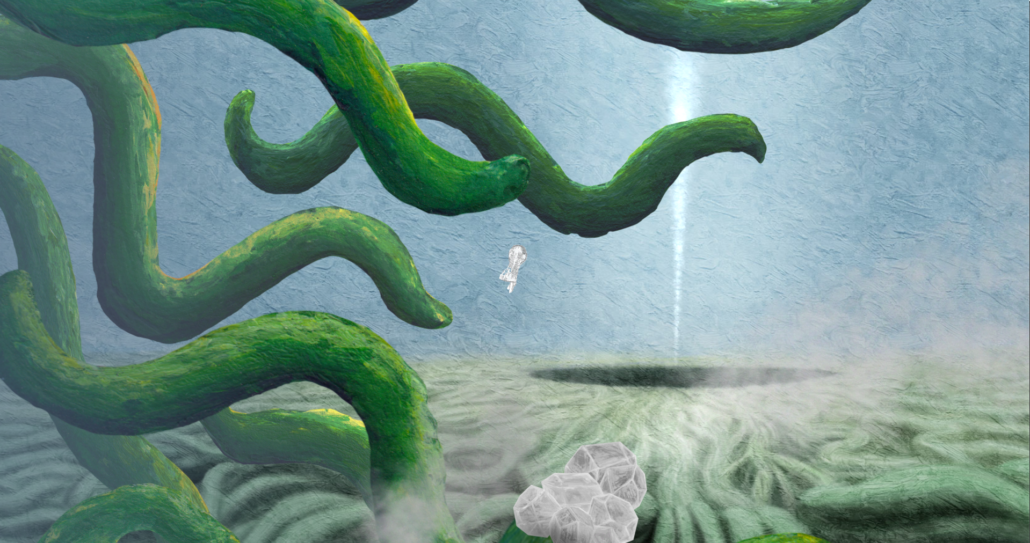
V- Necessary Tools to Craft Hand-Painted Art
Adobe Photoshop: Photoshop is a versatile and widely used raster graphics editor. It serves as the primary tool for digital artists to create and manipulate 2D textures. Artists use Photoshop for painting textures, adding details, adjusting colors, and creating the intricate brushwork characteristic of hand-painted art.
3D-Coat: 3D-Coat is a comprehensive 3D modeling and texturing software that plays a crucial role in creating hand-painted game assets. It provides powerful tools for sculpting, painting, and detailing 3D models directly. Artists can seamlessly switch between voxel and surface sculpting, making it an ideal choice for those working on character models, environments, or props.
Substance Painter: Substance Painter is a 3D painting software that focuses on creating realistic textures for 3D models. It uses a layer-based system similar to Photoshop but is specifically designed for 3D assets. Artists can paint directly onto 3D models, incorporating detailed textures, and take advantage of advanced material and shader capabilities for realistic rendering.
VI- Challenges and Considerations in Hand-Painted Game Art
While the allure of hand-painted art in games is undeniable, developers face a set of technical challenges in its implementation. Compatibility with various gaming platforms, ensuring optimal performance, and striking a balance between visual quality and resource efficiency are paramount concerns. The intricate detailing that defines hand-painted art can sometimes pose challenges in terms of file sizes and rendering speeds.
Creating compelling hand-painted game art demands a unique skill set from artists. Proficiency in digital painting tools, a keen understanding of light and shadow, and the ability to convey depth through deliberate brushwork are essential. Aspiring artists often find themselves navigating a learning curve to master the nuances of this distinctive style.
However, with the rising popularity of online tutorials, workshops, and educational resources, the barriers to entry have lowered. The gaming industry continues to witness a surge in artists embracing hand-painted techniques, contributing to the diversity of visual styles in modern games.
VII- Examples of Hand-Painted Art In Games
Contemporary Titles: As technology continues to advance, contemporary game developers leverage the charm and versatility of hand-painted art in innovative ways. Games like “Hollow Knight” and “Oxenfree” exemplify the diverse applications of this art style. In “Hollow Knight,” the hand-painted aesthetic breathes life into the eerie landscapes of the insect-filled kingdom of Hallownest, enhancing the overall atmospheric impact of the game.
“Oxenfree,” on the other hand, utilizes hand-painted art to weave a supernatural mystery. The deliberate brushstrokes and nuanced color palette contribute to the game’s immersive storytelling, demonstrating the narrative potential of different game art styles.
In the next segment, we will delve into the challenges faced by artists and developers in incorporating hand-painted art into games, as well as the considerations that shape its continued evolution. From technical constraints to the skill sets required, understanding these aspects is crucial to appreciating the intricacies of this unique artistic approach.
Conclusion
In wrapping up our exploration of hand-painted art in games, we witness a unique fusion of traditional craft and digital precision that elevates virtual storytelling. From deliberate pixel strokes to vibrant hues, this style defies conventions. Tools like Adobe Photoshop and 3D-Coat are the brushes behind this craftsmanship.
Despite challenges in technical optimization and skill demands, titles like “Hollow Knight” showcase the enduring charm of hand-painted art, promising an exciting future in gaming aesthetics. As we celebrate this innovation, hand-painted art stands as a testament to the timeless blend of human expression and digital creativity on the gaming canvas.
